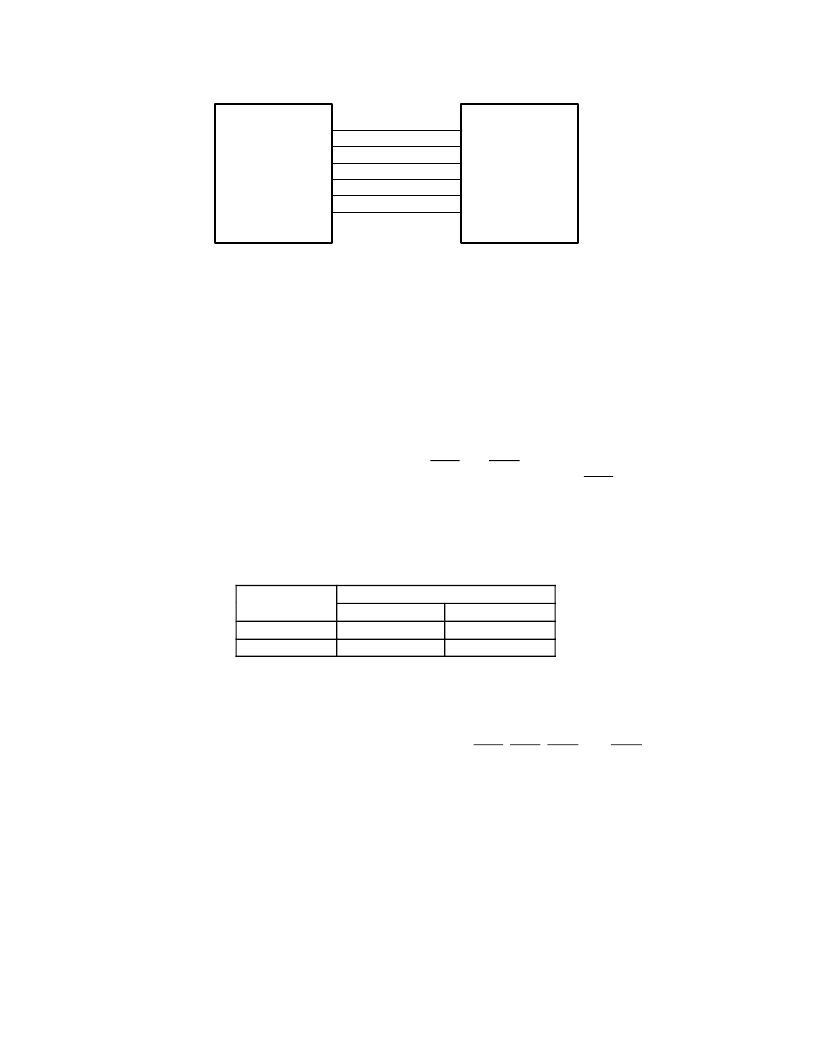- 您現(xiàn)在的位置:買(mǎi)賣(mài)IC網(wǎng) > PDF目錄369950 > PCI1520-EP Military Enhanced Plastic PC Card Controllers Data Manual PDF資料下載
參數(shù)資料
| 型號(hào): | PCI1520-EP |
| 英文描述: | Military Enhanced Plastic PC Card Controllers Data Manual |
| 中文描述: | 軍事增強(qiáng)塑料PC卡控制器數(shù)據(jù)手冊(cè) |
| 文件頁(yè)數(shù): | 46/125頁(yè) |
| 文件大小: | 716K |
| 代理商: | PCI1520-EP |
第1頁(yè)第2頁(yè)第3頁(yè)第4頁(yè)第5頁(yè)第6頁(yè)第7頁(yè)第8頁(yè)第9頁(yè)第10頁(yè)第11頁(yè)第12頁(yè)第13頁(yè)第14頁(yè)第15頁(yè)第16頁(yè)第17頁(yè)第18頁(yè)第19頁(yè)第20頁(yè)第21頁(yè)第22頁(yè)第23頁(yè)第24頁(yè)第25頁(yè)第26頁(yè)第27頁(yè)第28頁(yè)第29頁(yè)第30頁(yè)第31頁(yè)第32頁(yè)第33頁(yè)第34頁(yè)第35頁(yè)第36頁(yè)第37頁(yè)第38頁(yè)第39頁(yè)第40頁(yè)第41頁(yè)第42頁(yè)第43頁(yè)第44頁(yè)第45頁(yè)當(dāng)前第46頁(yè)第47頁(yè)第48頁(yè)第49頁(yè)第50頁(yè)第51頁(yè)第52頁(yè)第53頁(yè)第54頁(yè)第55頁(yè)第56頁(yè)第57頁(yè)第58頁(yè)第59頁(yè)第60頁(yè)第61頁(yè)第62頁(yè)第63頁(yè)第64頁(yè)第65頁(yè)第66頁(yè)第67頁(yè)第68頁(yè)第69頁(yè)第70頁(yè)第71頁(yè)第72頁(yè)第73頁(yè)第74頁(yè)第75頁(yè)第76頁(yè)第77頁(yè)第78頁(yè)第79頁(yè)第80頁(yè)第81頁(yè)第82頁(yè)第83頁(yè)第84頁(yè)第85頁(yè)第86頁(yè)第87頁(yè)第88頁(yè)第89頁(yè)第90頁(yè)第91頁(yè)第92頁(yè)第93頁(yè)第94頁(yè)第95頁(yè)第96頁(yè)第97頁(yè)第98頁(yè)第99頁(yè)第100頁(yè)第101頁(yè)第102頁(yè)第103頁(yè)第104頁(yè)第105頁(yè)第106頁(yè)第107頁(yè)第108頁(yè)第109頁(yè)第110頁(yè)第111頁(yè)第112頁(yè)第113頁(yè)第114頁(yè)第115頁(yè)第116頁(yè)第117頁(yè)第118頁(yè)第119頁(yè)第120頁(yè)第121頁(yè)第122頁(yè)第123頁(yè)第124頁(yè)第125頁(yè)

3
–
18
PCI1520
PIC
MFUNC1
MFUNC2
MFUNC3
MFUNC4
MFUNC5
MFUNC6
IRQ3
IRQ4
IRQ5
IRQ10
IRQ11
IRQ15
Figure 3
–
14. IRQ Implementation
Power-on software is responsible for programming the multifunction routing register to reflect the IRQ configuration
of a system implementing the PCI1520. The multifunction routing register is shared between the two PCI1520
functions, and only one write to function 0 or 1 is necessary to configure the MFUNC6
–
MFUNC0 signals. Writing to
function 0 only is recommended. See Section 4.30,
Multifunction Routing Register
,
for details on configuring the
multifunction terminals.
The parallel ISA-type IRQ signaling from the MFUNC6
–
MFUNC0 terminals is compatible with the input signal
requirements of the 8259 PIC. The parallel IRQ option is provided for system designs that require legacy ISA IRQs.
Design constraints may demand more MFUNC6
–
MFUNC0 IRQ terminals than the PCI1520 makes available.
3.7.4
Using Parallel PCI Interrupts
Parallel PCI interrupts are available when exclusively in parallel PCI interrupt/parallel ISA IRQ signaling mode, and
when only IRQs are serialized with the IRQSER protocol. Both INTA and INTB can be routed to MFUNC terminals
(MFUNC0 and MFUNC1). However, interrupts of both socket functions can be routed to INTA (MFUNC0) if bit 29
(INTRTIE) is set in the system control register (PCI offset 80h, see Section 4.29).
The INTRTIE bit affects the read-only value provided through accesses to the interrupt pin register (PCI offset 3Dh,
see Section 4.24). When the INTRTIE bit is set, both functions return a value of 01h on reads from the interrupt pin
register for both parallel and serial PCI interrupts. Table 3
–
11 summarizes the interrupt signaling modes.
Table 3
–
11. Interrupt Pin Register Cross Reference
INTRTIE BIT
INTPIN
FUNCTION 0
FUNCTION 1
0
01h
02h
1
01h
01h
3.7.5
Using Serialized IRQSER Interrupts
The serialized interrupt protocol implemented in the PCI1520 uses a single terminal to communicate all interrupt
status information to the host controller. The protocol defines a serial packet consisting of a start cycle, multiple
interrupt indication cycles, and a stop cycle. All data in the packet is synchronous with the PCI clock. The packet data
describes 16 parallel ISA IRQ signals and the optional 4 PCI interrupts INTA, INTB, INTC, and INTD. For details on
the IRQSER protocol, refer to the document
Serialized IRQ Support for PCI Systems
.
3.7.6
SMI Support in the PCI1520
The PCI1520 provides a mechanism for interrupting the system when power changes have been made to the PC
Card socket interfaces. The interrupt mechanism is designed to fit into a system maintenance interrupt (SMI) scheme.
SMI interrupts are generated by the PCI1520, when enabled, after a write cycle to either the socket control register
(CB offset 10h, see Section 6.5) of the CardBus register set, or the ExCA power control register (ExCA offset
02h/42h/802h, see Section 5.3) causes a power cycle change sequence to be sent on the power switch interface.
The SMI control is programmed through three bits in the system control register (PCI offset 80h, see Section 4.29).
These bits are SMIROUTE (bit 26), SMISTATUS (bit 25), and SMIENB (bit 24). Table 3
–
12 describes the SMI control
bits function.
相關(guān)PDF資料 |
PDF描述 |
|---|---|
| PCI1620GHK | Controller Miscellaneous - Datasheet Reference |
| PCI1620PDV | Controller Miscellaneous - Datasheet Reference |
| PCI2050A | 32-Bit. 66MHz. 9-Master PCI-to-PCI Bridge |
| PCI2050GHK | BUS CONTROLLER |
| PCI2050PDV | BUS CONTROLLER |
相關(guān)代理商/技術(shù)參數(shù) |
參數(shù)描述 |
|---|---|
| PCI1520GHK | 功能描述:外圍驅(qū)動(dòng)器與原件 - PCI PC CARD CONTROLLER RoHS:否 制造商:PLX Technology 工作電源電壓: 最大工作溫度: 安裝風(fēng)格:SMD/SMT 封裝 / 箱體:FCBGA-1156 封裝:Tray |
| PCI1520I | 制造商:TI 制造商全稱(chēng):Texas Instruments 功能描述:PC CARD CONTROLLERS |
| PCI1520IGHK | 功能描述:外圍驅(qū)動(dòng)器與原件 - PCI PC CARD CONTROLLER RoHS:否 制造商:PLX Technology 工作電源電壓: 最大工作溫度: 安裝風(fēng)格:SMD/SMT 封裝 / 箱體:FCBGA-1156 封裝:Tray |
| PCI1520IGHKEP | 功能描述:外圍驅(qū)動(dòng)器與原件 - PCI Mil Enhance PC Card Cntrlr Data Manual RoHS:否 制造商:PLX Technology 工作電源電壓: 最大工作溫度: 安裝風(fēng)格:SMD/SMT 封裝 / 箱體:FCBGA-1156 封裝:Tray |
| PCI1520IPDV | 功能描述:外圍驅(qū)動(dòng)器與原件 - PCI PC CARD CONTROLLER RoHS:否 制造商:PLX Technology 工作電源電壓: 最大工作溫度: 安裝風(fēng)格:SMD/SMT 封裝 / 箱體:FCBGA-1156 封裝:Tray |
發(fā)布緊急采購(gòu),3分鐘左右您將得到回復(fù)。